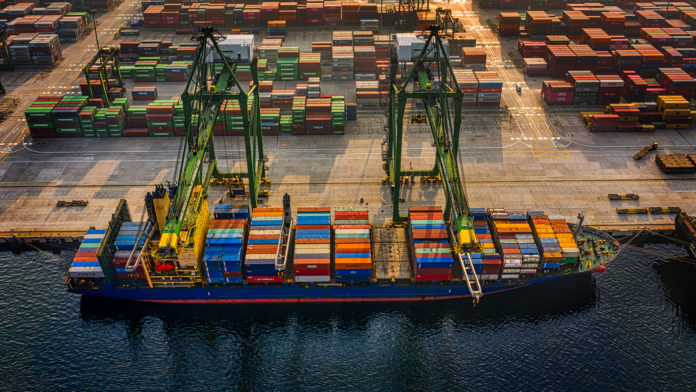Transporting cargo by ship remains the most fuel-efficient way to move goods, and roughly 80 percent of the world’s goods are still transported this way. But as soon as a nice clean boat gets into the water, a heavy coating of marine life like algae and barnacles can stick to the underwater hull.
That extra weight can quickly add up, requiring as much as 38 percent more energy to maintain the same speed as it would have with a clean hull.
Using technology first developed at Dalhousie University, Dartmouth-based startup company Graphite Innovation and Technologies (GIT) is using nanotechnology to make eco-friendly paints to coat ships to make them self-cleaning.
The coatings are based on nanoparticles made of graphene — single layers of carbon that can be made from graphite. Nanoparticles have a large surface area compared to their volume, and so only a small amount of paint is needed to form an effective coating. This allows the product to be very lightweight without sacrificing quality.
GIT’s self-cleaning coating is designed to create a smooth, slippery surface that not only reduces drag, but also washes away any buildup of biological mass using the force generated by movement through the water. Overall, this reduces fuel consumption and reduces carbon emissions, and any aquatic life that might otherwise stick to the hull safely slips off.
Most coatings currently on the market rely on biocidal materials that release small amounts of toxic chemicals into marine environments. These include copper, cuprous oxide, arsenic, and heavy metals like lead.
By contrast, the GIT coating is non-toxic and highly durable, providing a long-lasting and eco-friendly solution for the shipping industry. Similar coatings can also be applied to components in aquaculture or hydropower, helping keep underwater equipment clean.
GIT is also working on a coating that can absorb noise pollution, which is a growing area of concern for marine life. The noise generated by ships is known to cause stress and panic in marine animals. It can also disrupt their communication, making it harder to find mates, search for food, or even send out emergency calls for help.
The company is now leading a $4.6M project with the Ocean Supercluster to continue to develop their smart coatings and apply them to a pilot group of ships to assess safety and performance.
The global economy relies on marine shipping, and more sustainable solutions are urgently needed to lessen its environmental impact. Each ship that can be converted to become more quiet, non-toxic, and fuel-efficient is a step in the right direction.








































